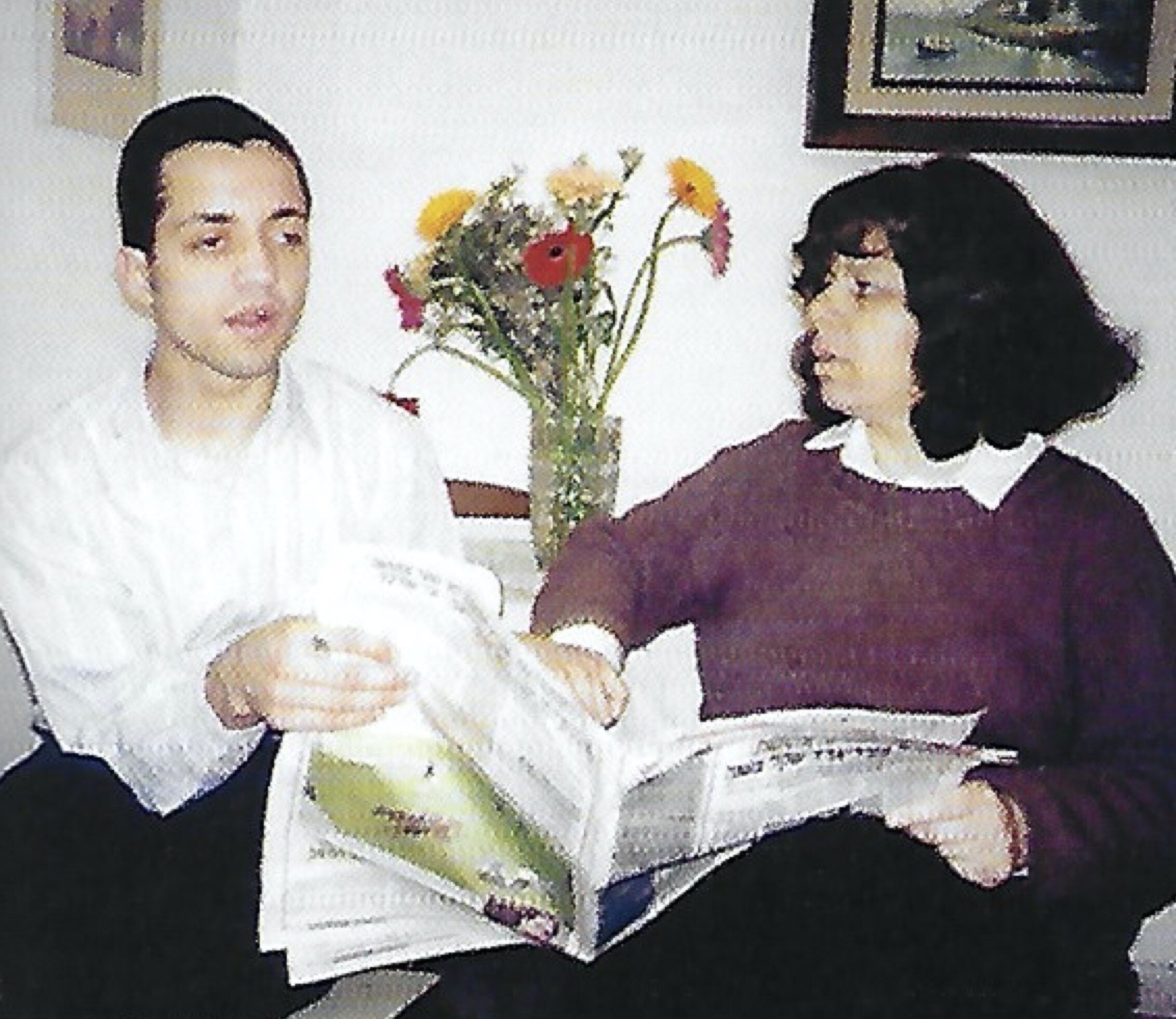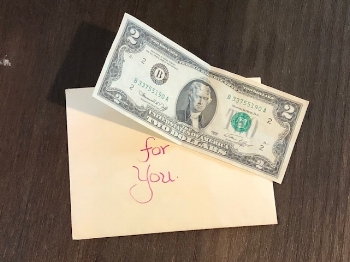Yom Kippur is a time of deep introspection and reflection. The most solemn day of the year, it is also potentially a day of great liberation: forgiveness and turning can have that effect. (There’s a reason that the Talmud, startlingly, calls Yom Kippur the “most joyful day of the year.”)
Judaism recognized long ago that for Yom Kippur to accomplish all it sets out do demands a certain amount of preparation. Thus, the Ten Days of Teshuvah that commence with Rosh HaShanah are designed to spark a careful sifting through our relationships and all the parts of life that we want to redirect in the year ahead.
Our tradition developed a handful of interesting customs to aid in this preparation. (A custom, or minhag, is to be differentiated from Jewish law, or halakha. They reflect the diverse local color of Jewish life as it has proliferated throughout the millennia across the globe.) Some of these customs have—mercifully!—disappeared except in certain obscure corners of the Jewish world.
Here are a few interesting ones:
Makkot: That is to say—lashes. Following the literal letter of Leviticus when it says, “You are to afflict yourselves” (16:31 and 23:27), some Jews historically went beyond fasting. Here’s Scott-Martin Kosofsky, from his Book of Customs (2004):
From this grew the customs of fasting and makkot, the act of flagellation, as a personal confession of sin… Those who do the flogging alternate with those who are flogged. Thirty-nine lashes are given, as the words of V’hu Rahum, the prayer for mercy, are recited three times very slowly by the person administering the lashes. The person who is flogged bows and recites the confession saying one word at each lashing. If specific sins come to mind, these should be mentioned quietly, below the breath.
Kapparot: The most notorious Yom Kippur custom involves taking a live fowl (a rooster for a man and a hen for a woman) and swinging it over one’s head while reciting, “This is my atonement, this is my ransom, this is my substitute.” Afterwards, the chicken is slaughtered and either it or its monetary value is donated as Tzedakah. The tradition of kapparot (better, the Yiddish kappores, since it is an Ashkenazi custom) functions similarly to the Tashlich ceremony: symbolically casting one’s sins onto a third party and sending it away.
Kappores arose in Europe and has been controversial throughout its history. The Sephardic sage Rabbi Yosef Karo, author of the 16th Century law code the Shulchan Aruch, insisted “it is a practice that should be prevented” (Orach Chayim 605:1). The Maharil, a 14th-15th century German sage, was more sympathetic, but offered an interesting caveat:
There are places where the kappores themselves are given to the poor But the custom in the Rhine district, where the price of the kappora is given to the poor, is a better one, for the poor man is not ashamed to accept the money. But when the poor man is given the fowl itself, he says to himself: First this person put his sins onto this fowl, and now he humiliates me by giving it to me!
The custom of kappores can still be found in some Chasidic communities. Chabad seems especially big on retaining and promoting it. In 2016, an activist group called United Poultry Concerns, trying to stem the practice, filed a lawsuit in California against Chabad of Irvine. The case was dismissed; it did not rise to California’s compelling state interest to infringe on religious liberty in this instance. Still, one can see why those concerned about animal rights are disturbed by the persistence of this custom.
Mikveh: Immersion by men in a mikveh—a ritual bath for spiritual purification—is unusual but not unheard of. (Mikveh is a Mitzvah for women after their menstrual cycles, but is not commanded of men.) Immersion as a spiritual custom has had a popular reemergence in liberal communities in recent years, thanks in no small part to places like Mayyim Hayyim in Newton, MA.
Daniel Sperber, the preeminent scholar of regional Jewish customs around the world, has noted some interesting aspects of the practice of immersing before Yom Kippur. In his opus Minhagei Yisrael (available abridged in English as Why Jews Do What They Do, 1999), he explains that the custom arose in medieval Germany to immerse three times before Yom Kippur. This was based on numerology: in one explanation, the phrase mikveh yisrael appears in the Bible three times; in another, the Bible refers three times (Ezekiel 36:25, Leviticus 16:19 and 16:30) to God’s purification of Israel. An alternative explanation connects the three immersions to the three appearances of the word “purify” in Leviticus 16:19 and 30.
Seudat Mafseket: A ritual meal that precedes the fast. The Talmud itself emphasizes the importance of having a good meal in preparation for fasting. Rashi, commenting on the discussion in Yoma 81b, writes:
The feasting on the ninth of Tishrei [the day before Yom Kippur] helps to emphasize the solemnity and the self-affliction due the next day. The more feasting on the eve of Yom Kippur, the more pronounced the affliction on the day itself.
It’s more than academic to look at the traditions that arose around preparing for Yom Kippur. Some of those customs are dead-ends for us (I won’t be joining you for lashing with makkot this week, and my own experiences with kappores largely have been nauseating, not redemptive). Some—like rediscovering the mikveh and making the meal before the fast special—readily complement our spiritual condition.
The point is that Yom Kippur, in order to “work,” demands preparation. The essential thing is not the custom per se, but the internal, spiritual result. They are intended to catalyze the process by which we ask face deep questions:
What relationships are most precious to me, and how will I tend to them better in the year ahead?
Whom have I hurt? Who is waiting to hear my apology?
To what degree am I living up to my responsibilities—to myself, my family, my people, my world?
What makes me so angry about the world that I want to scream—and what can I, in fact, do about it?
How am I going to stop screwing up?
If we can be honest about the questions, and start to approach the answers, then all the preparations for Yom Kippur have done their jobs.








